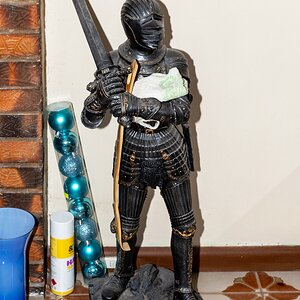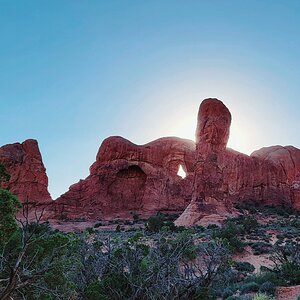oldkodachrome
TPF Noob!
- Joined
- Oct 18, 2009
- Messages
- 6
- Reaction score
- 0
- Location
- Kentucky
- Can others edit my Photos
- Photos OK to edit
Folks,
I'm in the process of scanning hundreds of old 1950s and 1960s Kodachrome slides from my family's photo collection. An issue has arisen as to when some of the transparencies were photographed by the person holding the 35mm SLR camera. On the top left corner of the cardboard slide holder (when the slide image is held upside down, which is how you insert it into the slide projector), there is a little red number printed on there by the processing lab. I have a series of slides labeled from number 30 to number 37. My deceased father wrote "October" in ink pen across the top of slides #30 to #35, but then he wrote "November" on #36 and then "October" again on #37 probably by mistake. This begs the question: If the roll of film was exposed and processed in sequence, then how could you take a bunch of photos in October and then one in November, and then go back in time to snap another in October again?!
So here are my questions (Note: I have absolutely no knowledge of photography other than how to use my cheap Cannon PowerShot to snap photos for eBay sales.):
1. Was it common practice for photo processing labs in the 1950s to mount your slides and number them in the order you took the pictures?
2. Could a lab have processed & mounted & numbered the slides in the reverse order you took them? Or did they mount & number them randomly?
3. How many exposures were in a roll of Kodachrome transparency film in the late 1950s and up to the mid-1960s?
And a related question:
4. I have noticed some kind of coating on the emulsion side of the Kodachrome slides. When a desk lamp is reflected off of it, you can see horizontal bands of rainbow colors. This appears only on the slides from around 1955 to 1960. It doesn't seem to affect the scanned image on the slides that are undamaged, but many slides have spots of mold on the emulsion (due to storage in the basement). How can I clean them? How can I remove finger prints off the emulsion side?
Thanks a bunch!
John
I'm in the process of scanning hundreds of old 1950s and 1960s Kodachrome slides from my family's photo collection. An issue has arisen as to when some of the transparencies were photographed by the person holding the 35mm SLR camera. On the top left corner of the cardboard slide holder (when the slide image is held upside down, which is how you insert it into the slide projector), there is a little red number printed on there by the processing lab. I have a series of slides labeled from number 30 to number 37. My deceased father wrote "October" in ink pen across the top of slides #30 to #35, but then he wrote "November" on #36 and then "October" again on #37 probably by mistake. This begs the question: If the roll of film was exposed and processed in sequence, then how could you take a bunch of photos in October and then one in November, and then go back in time to snap another in October again?!
So here are my questions (Note: I have absolutely no knowledge of photography other than how to use my cheap Cannon PowerShot to snap photos for eBay sales.):
1. Was it common practice for photo processing labs in the 1950s to mount your slides and number them in the order you took the pictures?
2. Could a lab have processed & mounted & numbered the slides in the reverse order you took them? Or did they mount & number them randomly?
3. How many exposures were in a roll of Kodachrome transparency film in the late 1950s and up to the mid-1960s?
And a related question:
4. I have noticed some kind of coating on the emulsion side of the Kodachrome slides. When a desk lamp is reflected off of it, you can see horizontal bands of rainbow colors. This appears only on the slides from around 1955 to 1960. It doesn't seem to affect the scanned image on the slides that are undamaged, but many slides have spots of mold on the emulsion (due to storage in the basement). How can I clean them? How can I remove finger prints off the emulsion side?
Thanks a bunch!
John



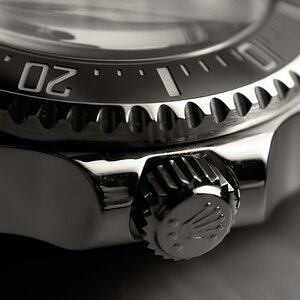
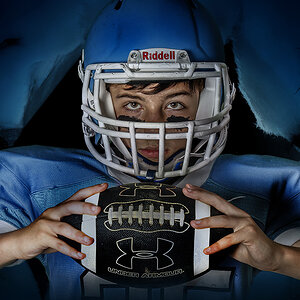
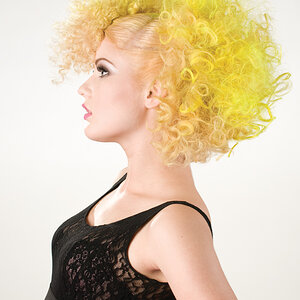
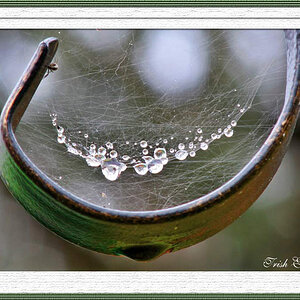

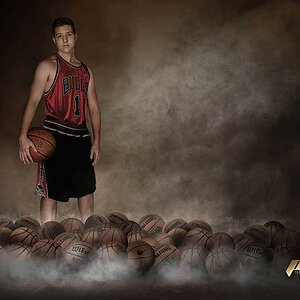
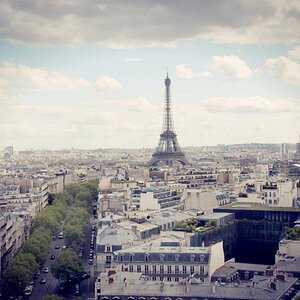
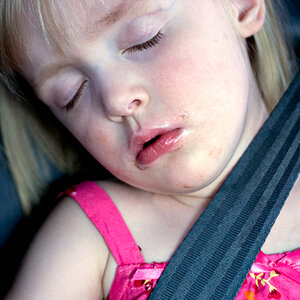

![[No title]](/data/xfmg/thumbnail/42/42279-f60778d39180ee6cd87fc84a15559b96.jpg?1619740087)
